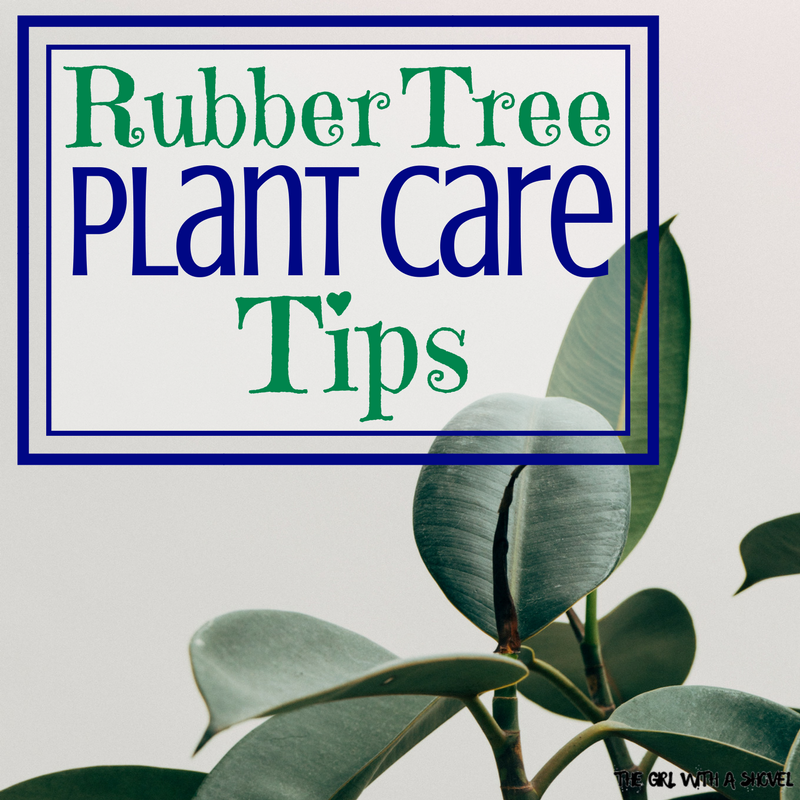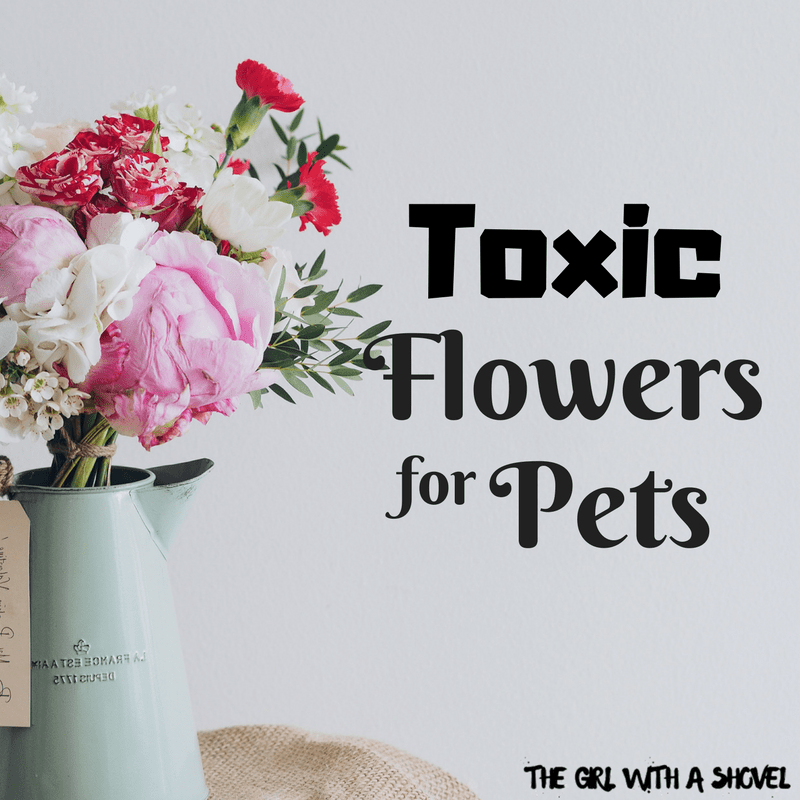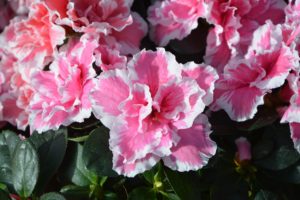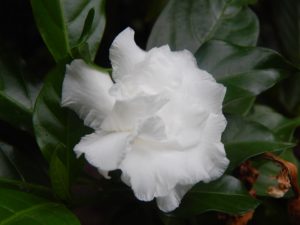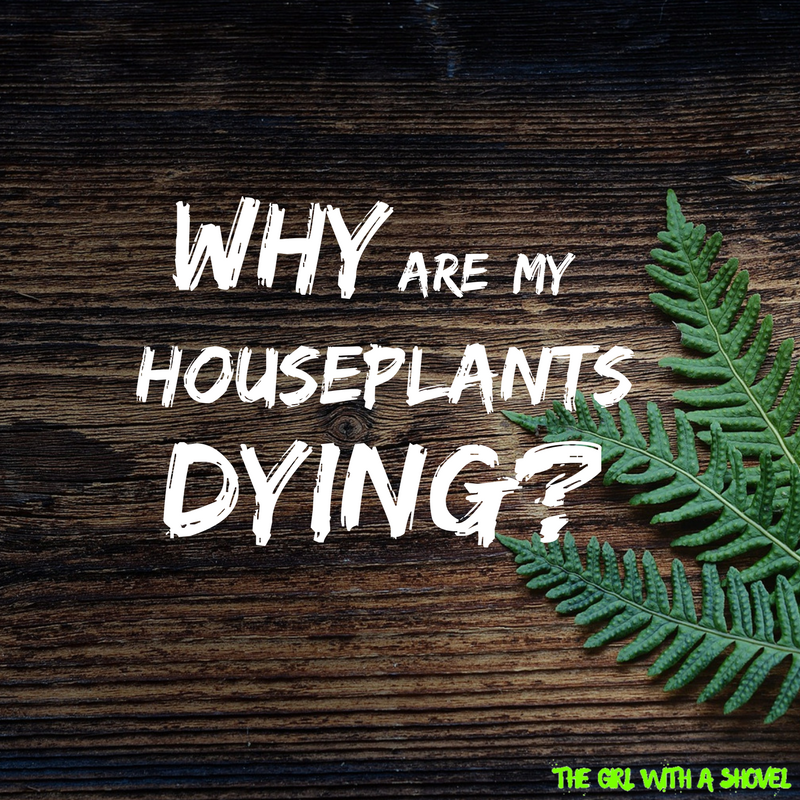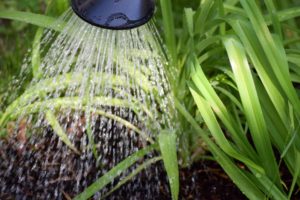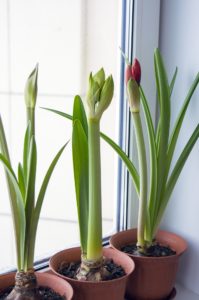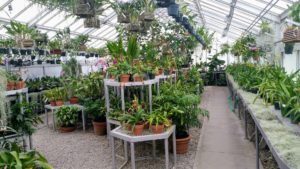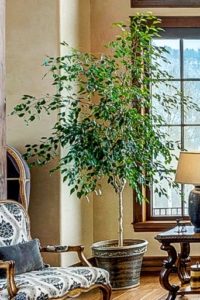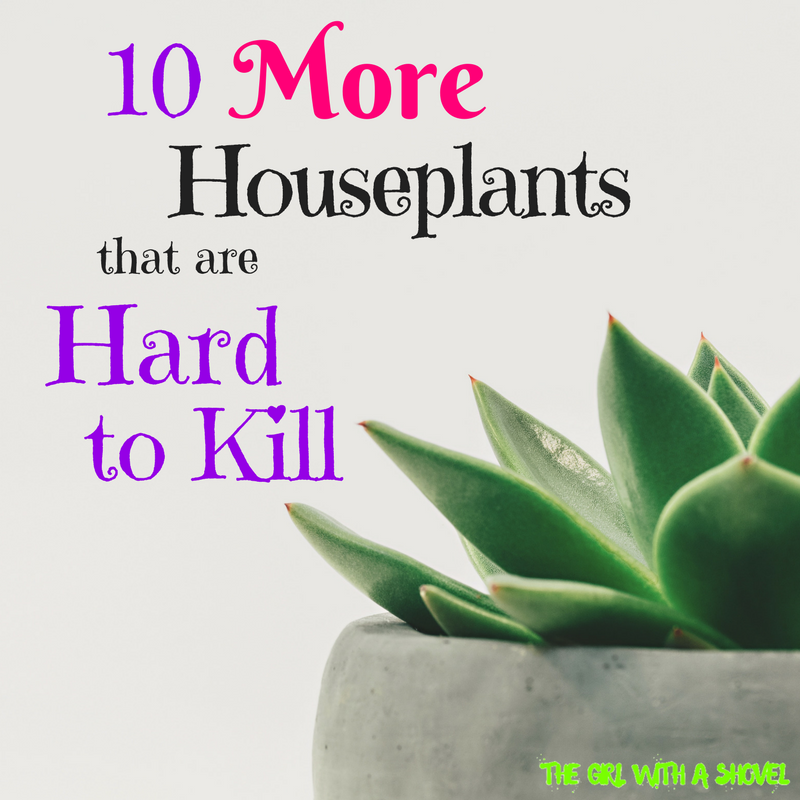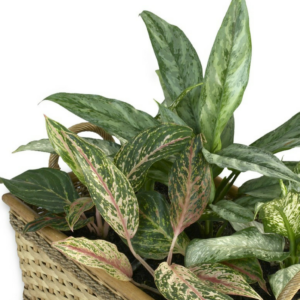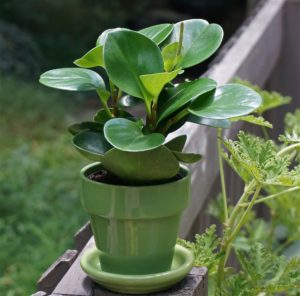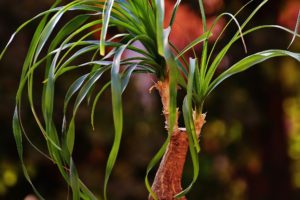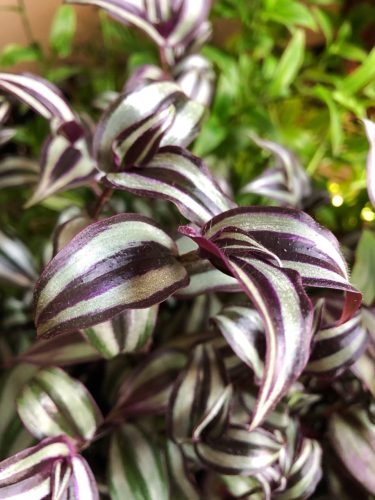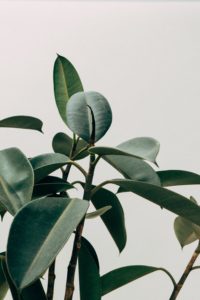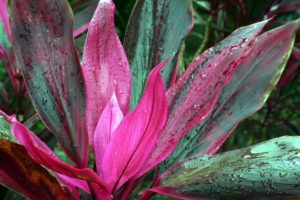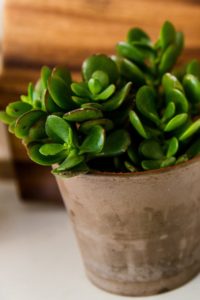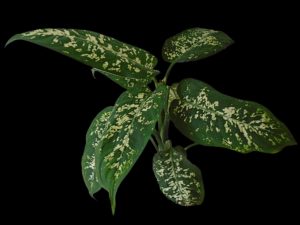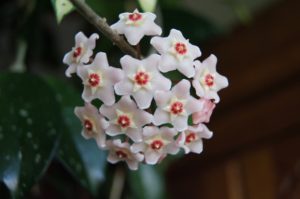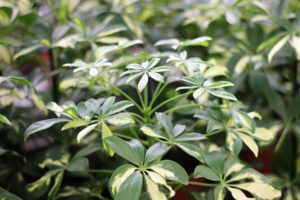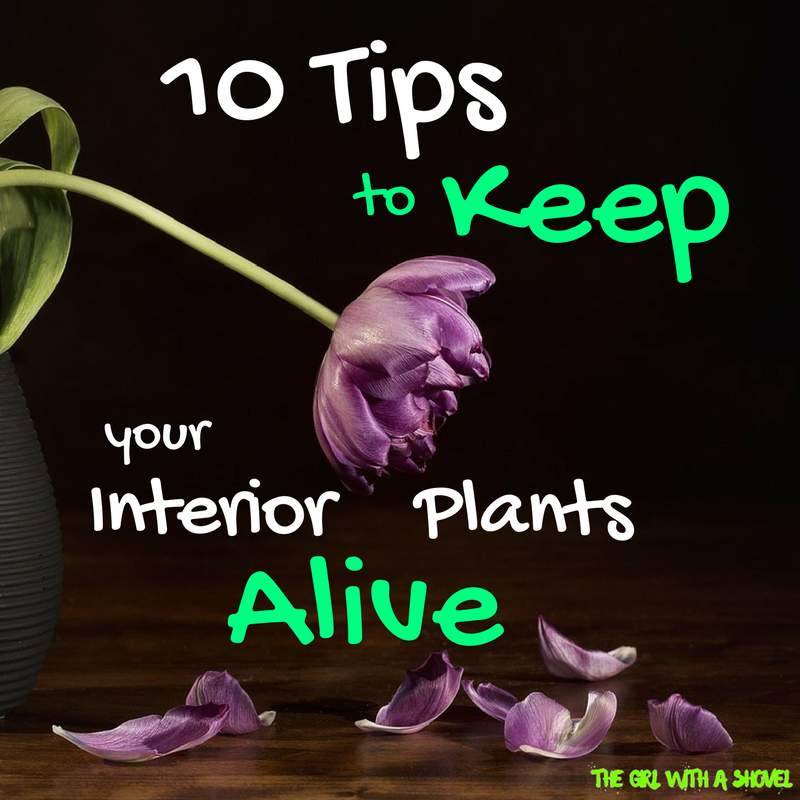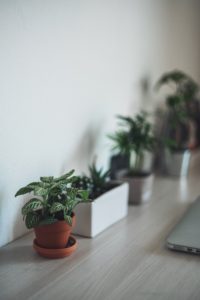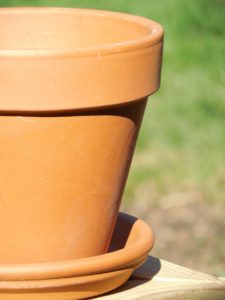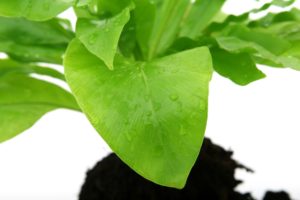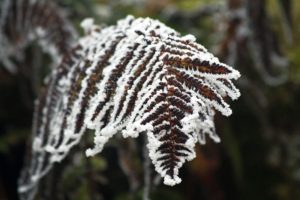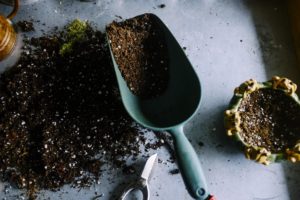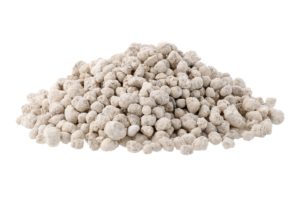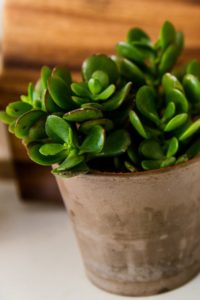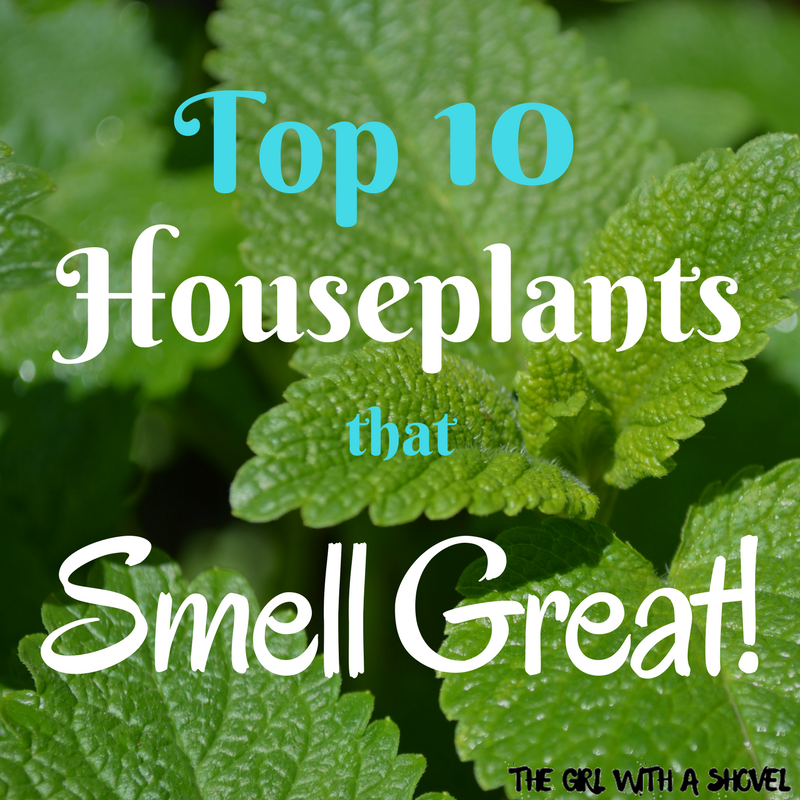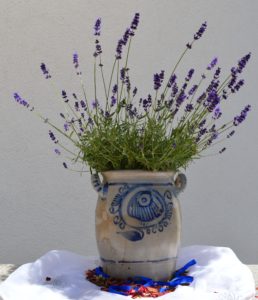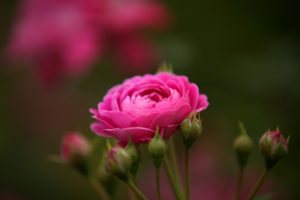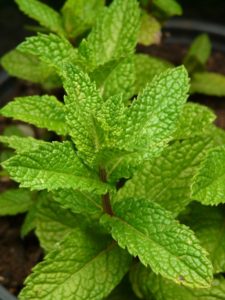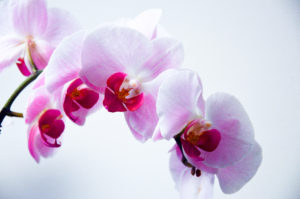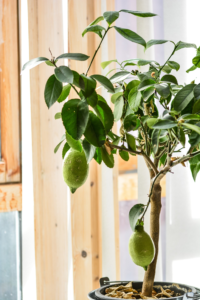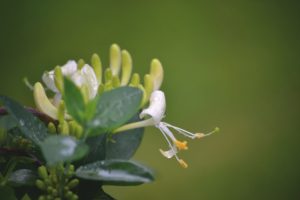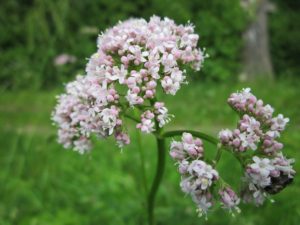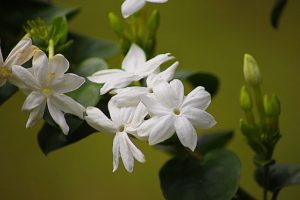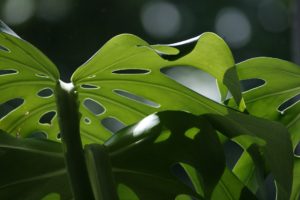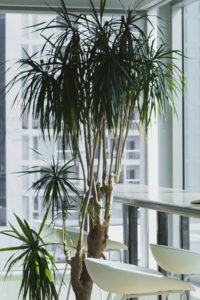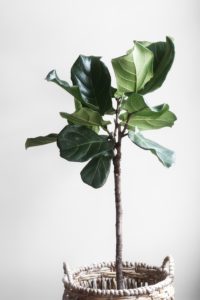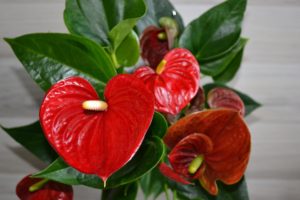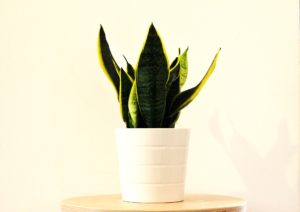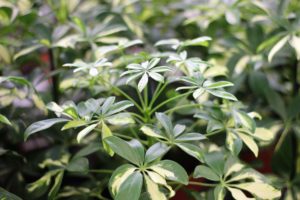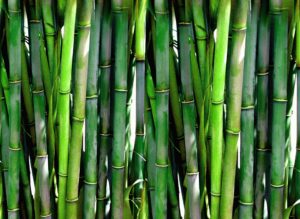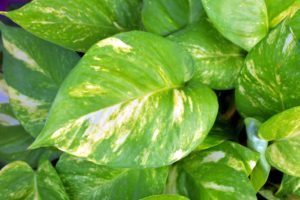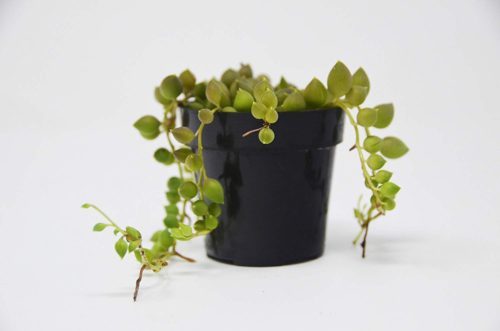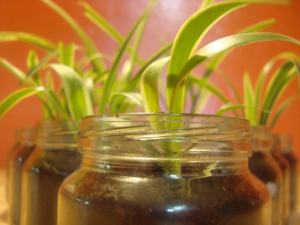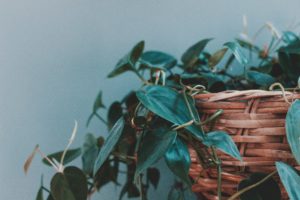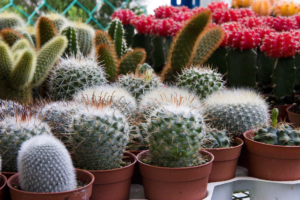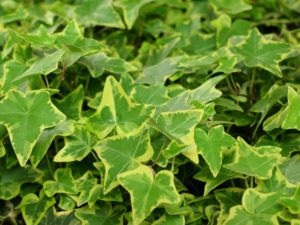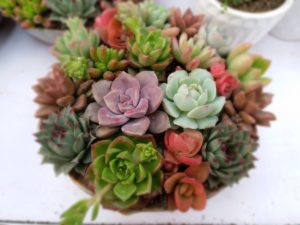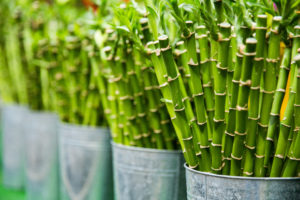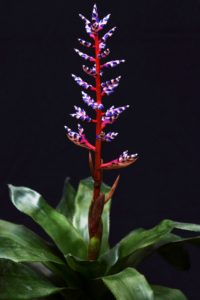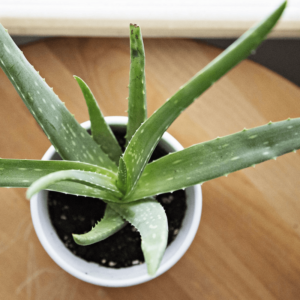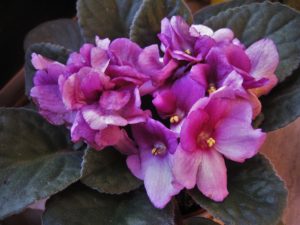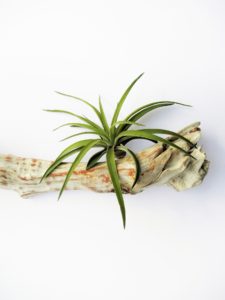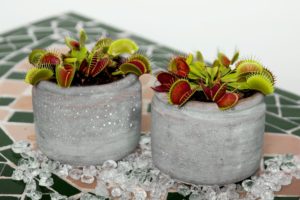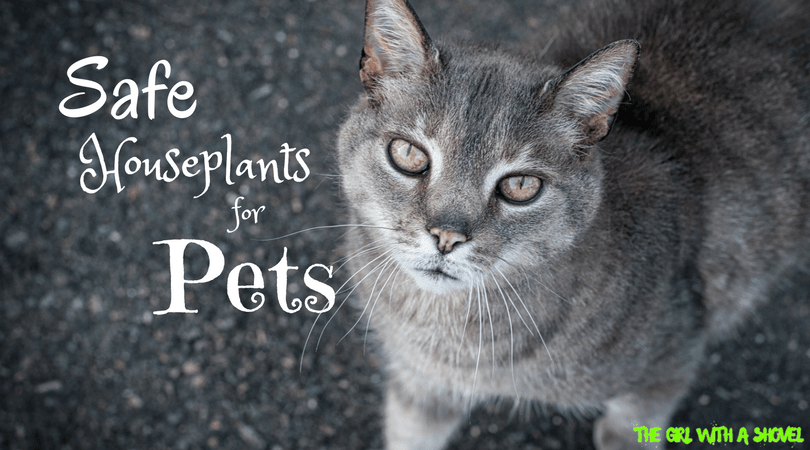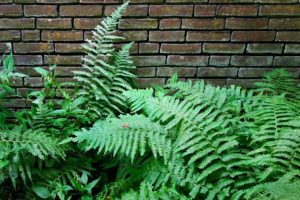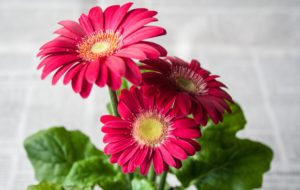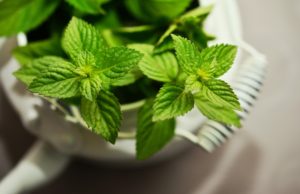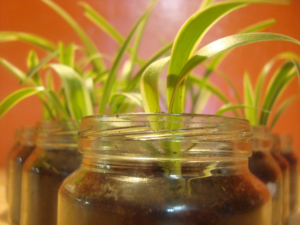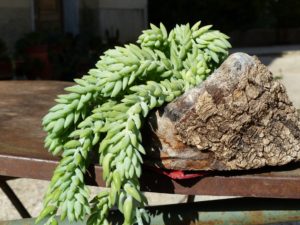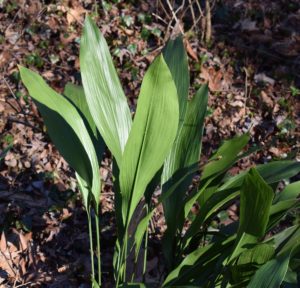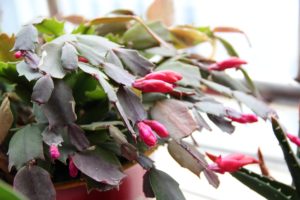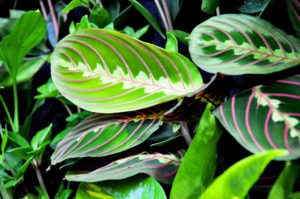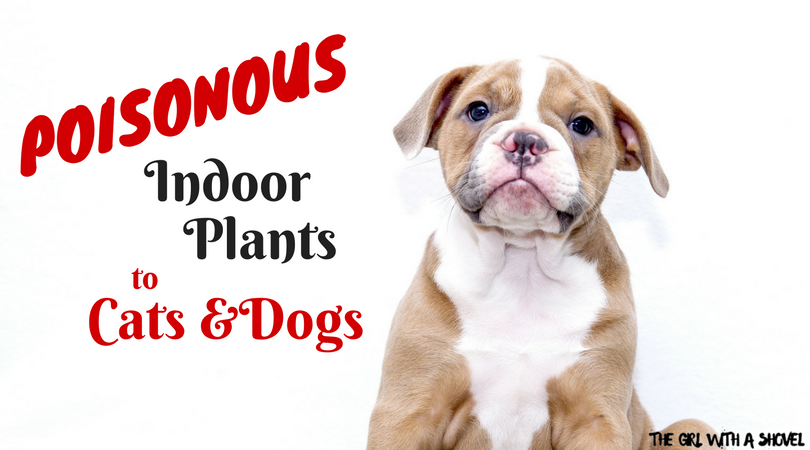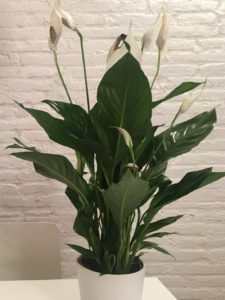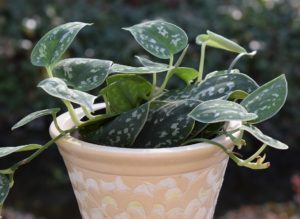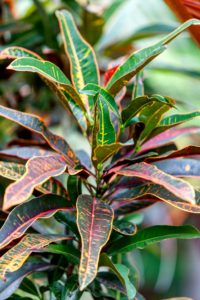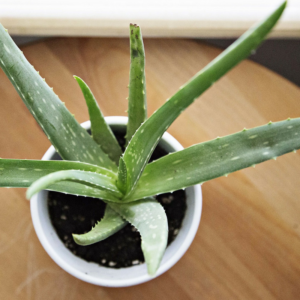Not all of us have the luxury of extra space in our homes. This is one of the reasons why people don’t have houseplants… they feel like they don’t have the space for them! But here’s a list of 15 indoor plants that are perfect for small spaces. And don’t worry, I specifically chose plants that don’t just start small, but they’ll stay small! No need to move them to bigger and bigger pots. Nope, these really are small indoor plants!

Small Indoor Plants #1: Peperomia – Peperomia pellucida
This is a small, compact plant with semi-waxy leaves. It is very efficient in purifying the air, and is also an easy-to-care-for houseplant. Just make sure that it doesn’t get overwatered and the soil is allowed to dry between waterings.
Small Indoor Plants #2: Devil’s Ivy (Pothos) – Epipremnun aureum
I can’t say it enough how much I love Devil’s Ivy! This plant does well in low-light conditions and is hard to kill. It can do well being moist, but can also handle a bit of drying out. Left in a pot, it will continue to grow along the ends. These can simply be cut to desired length with a pair of scissors and the excess can either be tossed, or planted back into the pot for a thicker, bushier vine! For care information for this plant, check out my post Pothos Vine Care!
Small Indoor Plants #3: String of Pearls – Senecio rowleyanus
This is a great substitute for Devil’s Ivy. While the one can deal with extra water, String of Pearls is for those who tend to neglect their houseplants more often. It needs to dry out between waterings, or else it will die. And don’t worry, all of those little pearls are filled with water! And just like the Devil’s Ivy, this too can be trimmed at the ends and re-potted for more little plants! (just wind a little row around the top of a new pot and they will start to root!!!)
Small Indoor Plants #4: Spider Plant – Chlorophytum comosum
Spider plants are great for placing on countertops, side tables, or even hanging. They tend to grow to a full, bushy plant, then stop growing from there and instead send off their little ‘pups’. These small offshoots can either be left on for aesthetics, or they can be trimmed off and re-potted for more of these wonderful little plants! For care information for this plant, check out my post Spider Plant Care!
Small Indoor Plants #5: Orchids – Orchidaceae spp.
Orchids are a great, small plant. While taking up very little space for the pot, their vertical blooms are large and stunning, creating an instant focal point for any room. With proper care and instruction, they can even be persuaded to re-bloom multiple times, giving you multiple displays of these stunning blooms!
Small Indoor Plants #6: Heartleaf Philodendron – Philodendron cordatum
Heartleaf philodendron is also very similar to Devil’s Ivy. They prefer low-light conditions and do well with being overwatered, as well as can run a little dry. They have several different varieties available that can add different styles to your space.
Small Indoor Plants #7: Cacti – Cactaceae spp.
With so many to choose from, there are cacti for every space and style! Just make sure that they are in a well-draining potting mix, as well as they have time to dry out between waterings. They also do better with more sunlight, so sunny windowsills are great for these little guys! (as long as it isn’t too cold on the windowsill during the winter…)
Small Indoor Plants #8: English Ivy – Hedera helix
This little vine is great for the indoors! It prefers low light conditions and is one of my hard-to-kill houseplants. English Ivy is a very forgiving plant and can be trimmed back to stay in the space available.
Small Indoor Plants #9: Succulents
There are thousands of different types of succulents! Each one has a unique shape or coloring. They also vary quite a bit in size. From huge Agaves to their mini counterparts, succulents usually grow to a mature size, then will start producing seeds or offshoots. So when selecting a succulent, just make sure that the mature size fits with the space that you have in mind. For care information, check out my post Succulent Plant Care!
Small Indoor Plants #10: Lucky Bamboo – Dracaena braunii
Lucky bamboo has become quite popular in the last few years due to its ease in growing and its diversity in shapes. Lucky bamboo prefers low light conditions and does well in straight water. It is an easy-to-care-for houseplant and will be content for quite a long time before any trimming will be necessary. To know how to care for this plant, check out my post, Lucky Bamboo Plant Care!
Small Indoor Plants #11: Bromeliads – Bromeliaceae spp.
Bromeliads are a sure way to add a bit of interest to a room! With lots of different colors and leaf patterns to choose from, bromeliads do very well indoors considering their low light and low water requirements. Though some bromeliads can get huge, choose a variety that is more suited for the indoors and has a smaller mature size. Once it reaches that size, it should then only focus on storing energy for its beautiful flower stalks, as well as in producing new pups. These little plantlets can then be removed and either thrown away or repotted for even more bromeliads! (And remember… plants make great gifts!)
Small Indoor Plants #12: Aloe Vera – Aloe vera
This plant is a very common houseplant and is being seen more and more as fewer people have their own yards. Once again, choose a plant that will fit your space at its mature size and you won’t have any issues with running out of space. Also try to give it a bit more sunlight and let it dry out between waterings. The quickest way to kill a cactus or a succulent is by overwatering it! For information on how to care for this plant, check out my post on Aloe Plant Care!
Small Indoor Plants #13: African Violet – Saintpaulia
African violets are a pretty, small, flowering plant that does very well indoors. Some things to avoid, however, are overwatering and getting water on its leaves. This can cause brown spots to appear. Try to instead water the plant from the bottom through keeping it in a container with drainage holes and letting the pot sit in a shallow container of water for about 10 minutes. This will ensure that the leaves stay dry, while the roots stay moist. For care information for this plant, check out my post African Violet Plant Care!
Small Indoor Plants #14: Air Plants – Tillandsia spp.
Tillandsia (commonly referred to as simply ‘air plants’) have made quite the scene in recent indoor design. From the many different variations in usage to the very low-maintenance aspect, Air Plants are definitely on the rise! These plants can range in size and can come in slight variations in color. All air plants, however, need the same type of watering. Basically, do not water more than once a week, and during the weekly waterings, simply soak roots in water for 10-15 minutes, then put it back on display! For more information, check out my post, Air Plant Care, as well as How to Water Air Plants!
Small Indoor Plants #15: Venus Flytraps – Dionaea muscipula
While a little more difficult to take care of, Venus flytraps will definitely make a statement in any space. There are also many different sizes of flytraps that will stay small and compact for years. They do, however, need purified water, as some of the hard tap waters can cause damage to it. Also feed it according to the recommendations of the specific flytrap that you purchase. Then have fun watching these guys open and close, and maybe even get rid of some of the bugs in your home!
That’s it for my list of small interior plants! Once again, I tried to choose plants that not only started off small, but also stayed small and wouldn’t get too large over time. Because believe me, I understand when people are short on space, but still want to squeeze in a plant or two to liven things up! And feel free to share any comments or questions below!
Happy digging!





